
Subaru Outback Estate (2015-2021) engines, drive and performance

You have a choice of two engines and three gearboxes to provide Subaru Outback performance, but the main thing to remember is they’re all turbocharged versions of the Boxer design.
This means the cylinders are horizontally opposed, which in turn means the engine is flatter and hence the centre of gravity is as low as possible, meaning the car is more stable and handles better.
Subaru Outback: Boxer diesel power
The diesel offering makes up around 60% of Outbacks sold. It’s a 2.0-litre, four-cylinder flat-four Boxer, which develops 150hp and 350Nm of torque between 1,600 and 2,800rpm.
It’s mated with one of two transmissions – a six-speed manual and a Continuously Variable Transmission (CVT) called ‘Lineartronic’. In both guises it has the same performance figures – 9.7 seconds from 0-62mph and a top speed of 121mph.
The diesel Lineartronic impressive combination compared with most CVT applications. Where usually you’d push the throttle, the engine’s volume would rise but the acceleration took a while to catch up, Subaru has engineered ‘steps’ in the power delivery which help to meter the power out more evenly.
Automatic versus manual transmission
This means you’re able to use the paddles behind the steering wheel to manually control the gears, and you get a decent amount of deceleration simply by pulling the left paddle and changing down – something called ‘engine braking’.
Consequently, on more challenging twisty roads you can really engage with the car, it becoming far sportier than its off-road aesthetics let on.
The engine itself is a little gruff, its soundtrack not evocative enough to forgive its intrusion into the cabin. That said, it cruises nicely at motorway speeds and you’re not short of torque if you need to climb a steep hill. You might find the gearbox makes you wait a millisecond or two while it gets going, but it’s easy enough to anticipate.
Subaru Outback: brilliant petrol engine
You also have the option of a 2.5-litre petrol turbo engine which develops 175hp and 235Nm of torque, which makes up the remaining 40% of sales.
This one covers 0-62mph in 9.9 seconds with a top speed of 123mph, and frankly it would be our choice of engine for the Outback. It picks up quicker than the diesel and seems to make better use of the gearbox’s characteristics, so you’re always sure you’ve got the necessary pulling power no matter what the situation.
And while it’s not really what this car is about, it sounds slightly more characterful too. It’s a reminder you’ve got a Boxer engine, and we don’t think that’s a bad thing whatsoever. After all, many Outback buyers wanted something different. That’s why they ended up at the Subaru dealership in the first place.
Handling
As we’ve come to expect from Subaru, there’s a whole host of features specifically aimed at making this car as capable off the road as it is on. In this sense the Outback is a truly versatile machine which feels as though it could tackle nearly anything you throw at it, for hundreds and thousands of miles.
It boasts 200mm of ground clearance and this is the primary reason Subaru claims SUV versatility combined with a refined, sporty drive. It certainly does the job of tackling rough terrain.
When fitted with the Lineartronic transmission it has ‘X-Mode’ too, which is a system which controls the engine, gearbox and braking for the best traction on slippery surfaces. That joins hill descent control, which helps keep the car stable on any uphill or downhill incline. We’ve done some extremely challenging driving using the X-Mode system and can report that it’s almost uncanny in its ability.
Great on road as well as off…
It’s also brilliant on twisty roads, and though the supple suspension allows a touch of roll, the car’s inherent body control is such that it’s a fluid and engaging experience.
And we have to commend the steering set-up. It’s not too heavy, but offers enough feedback and a beautifully judged ratio to mean you’re confident driving this car. Working in conjunction with the torque-vectoring (which tightens your cornering line by braking if you’ve gone in too fast) it seems to simply point in the direction you want it to, even on snow and on icy roads.
Even when you go very quickly – something we had to try, obviously – the Outback remains composed and stable. Where many cars fitted with part-time four-wheel drive systems simply push on into a corner, the front end washing wide, this Subaru doesn’t. It’s beautifully balanced in that respect. It’s obvious there’s some performance car pedigree here from the firm’s hot WRX STI.
It’s highly likely this car will be used for towing, and with a braked towing weight of 1,800kg for the petrol or 2,000kg for the diesel, it should have no problem pulling a small caravan, horsebox or trailer.


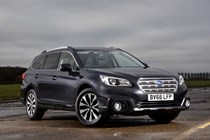
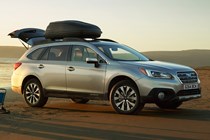
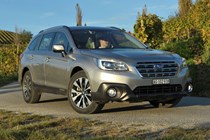
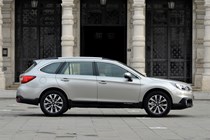

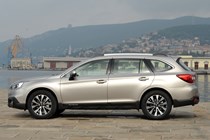
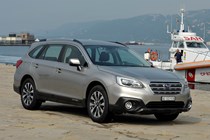
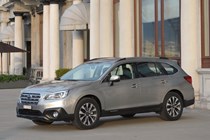
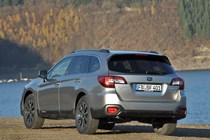
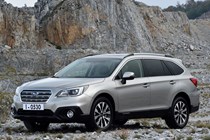

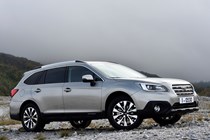
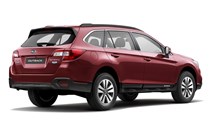
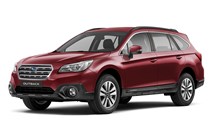
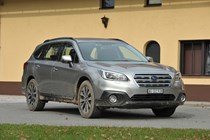
.jpg)
.jpg)
.jpg)
.jpg)
.jpg)
.jpg)
.jpg)
.jpg)
.jpg)
.jpg)
.jpg)
.jpg)
.jpg)

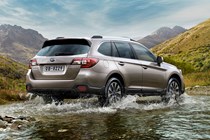
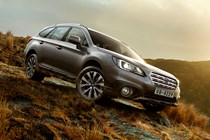
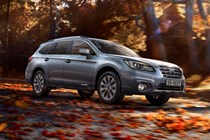
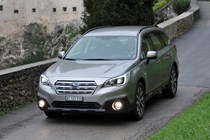
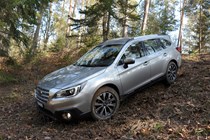
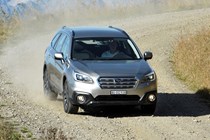
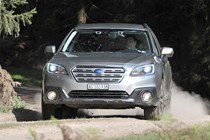
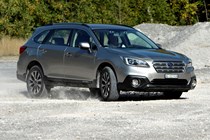
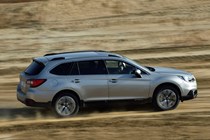
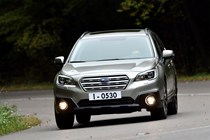
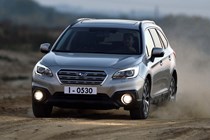
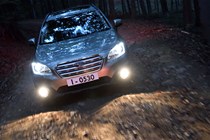
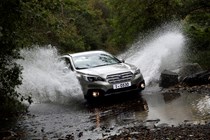

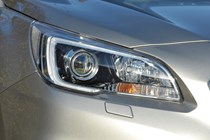
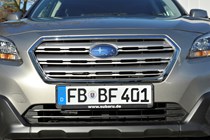
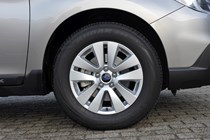

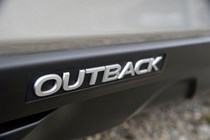

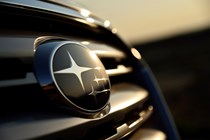
.jpg)
.jpg)
.jpg)
.jpg)
.jpg)
.jpg)
.jpg)
.jpg)
.jpg)
.jpg)
.jpg)
.jpg)
.jpg)

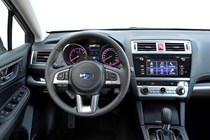
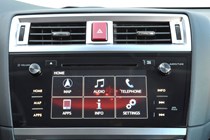
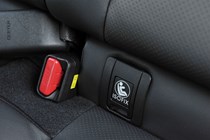
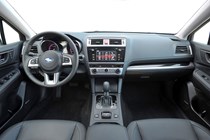
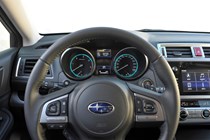
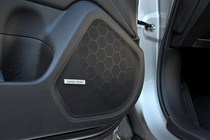
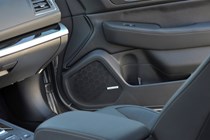
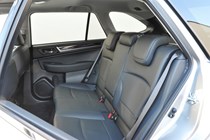
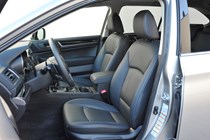
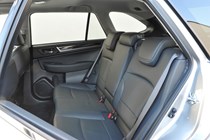
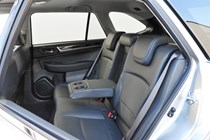
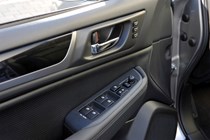
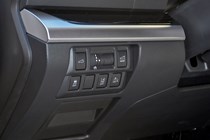
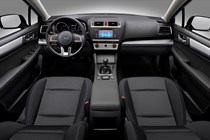
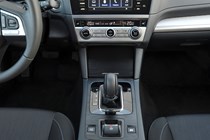
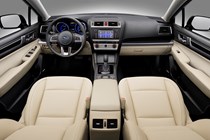

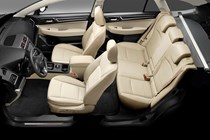
.jpg)
.jpg)
.jpg)
.jpg)
.jpg)
.jpg)
.jpg)
.jpg)
.jpg)
.jpg)
.jpg)
.jpg)
.jpg)
.jpg)
.jpg)
.jpg)
.jpg)
.jpg)
.jpg)
.jpg)
.jpg)
.jpg)
.jpg)
.jpg)
.jpg)
.jpg)
.jpg)
.jpg)
.jpg)
.jpg)
.jpg)
.jpg)
.jpg)
.jpg)
.jpg)
.jpg)
.jpg)
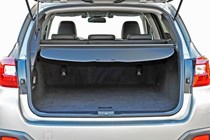

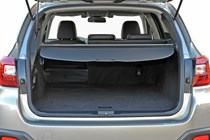
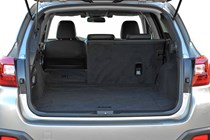
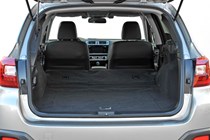
.jpg)
.jpg)
.jpg)
.jpg)
.jpg)
.jpg)
.jpg)
.jpg)















.jpg?quality=50)
.jpg?quality=50)
.jpg?quality=50)
.jpg?quality=50)
.jpg?quality=50)
.jpg?quality=50)
.jpg?quality=50)
.jpg?quality=50)
.jpg?quality=50)
.jpg?quality=50)
.jpg?quality=50)
.jpg?quality=50)
.jpg?quality=50)






















.jpg?quality=50)
.jpg?quality=50)
.jpg?quality=50)
.jpg?quality=50)
.jpg?quality=50)
.jpg?quality=50)
.jpg?quality=50)
.jpg?quality=50)
.jpg?quality=50)
.jpg?quality=50)
.jpg?quality=50)
.jpg?quality=50)
.jpg?quality=50)



















.jpg?quality=50)
.jpg?quality=50)
.jpg?quality=50)
.jpg?quality=50)
.jpg?quality=50)
.jpg?quality=50)
.jpg?quality=50)
.jpg?quality=50)
.jpg?quality=50)
.jpg?quality=50)
.jpg?quality=50)
.jpg?quality=50)
.jpg?quality=50)
.jpg?quality=50)
.jpg?quality=50)
.jpg?quality=50)
.jpg?quality=50)
.jpg?quality=50)
.jpg?quality=50)
.jpg?quality=50)
.jpg?quality=50)
.jpg?quality=50)
.jpg?quality=50)
.jpg?quality=50)
.jpg?quality=50)
.jpg?quality=50)
.jpg?quality=50)
.jpg?quality=50)
.jpg?quality=50)
.jpg?quality=50)
.jpg?quality=50)
.jpg?quality=50)
.jpg?quality=50)
.jpg?quality=50)
.jpg?quality=50)
.jpg?quality=50)
.jpg?quality=50)





.jpg?quality=50)
.jpg?quality=50)
.jpg?quality=50)
.jpg?quality=50)
.jpg?quality=50)
.jpg?quality=50)
.jpg?quality=50)
.jpg?quality=50)